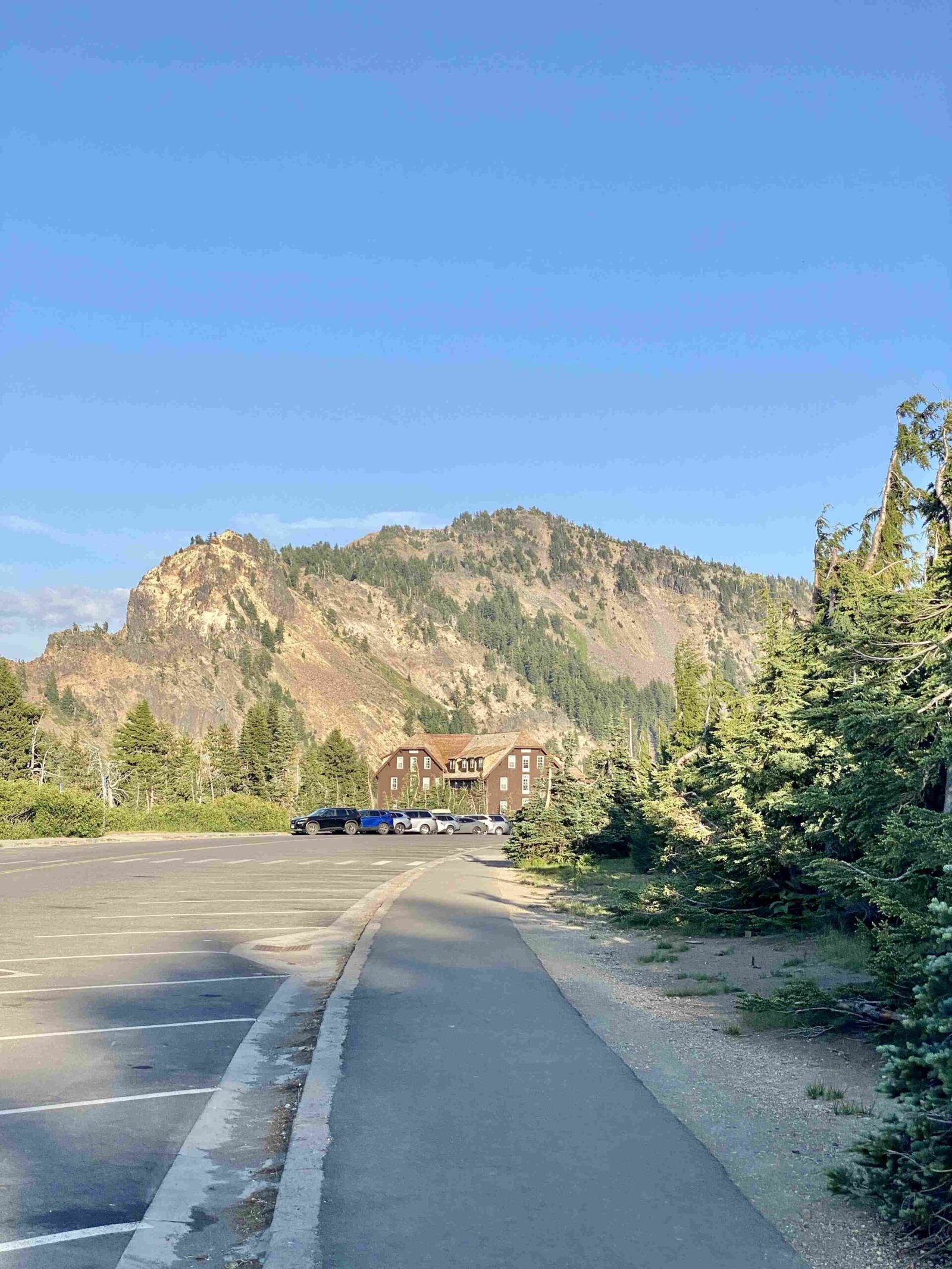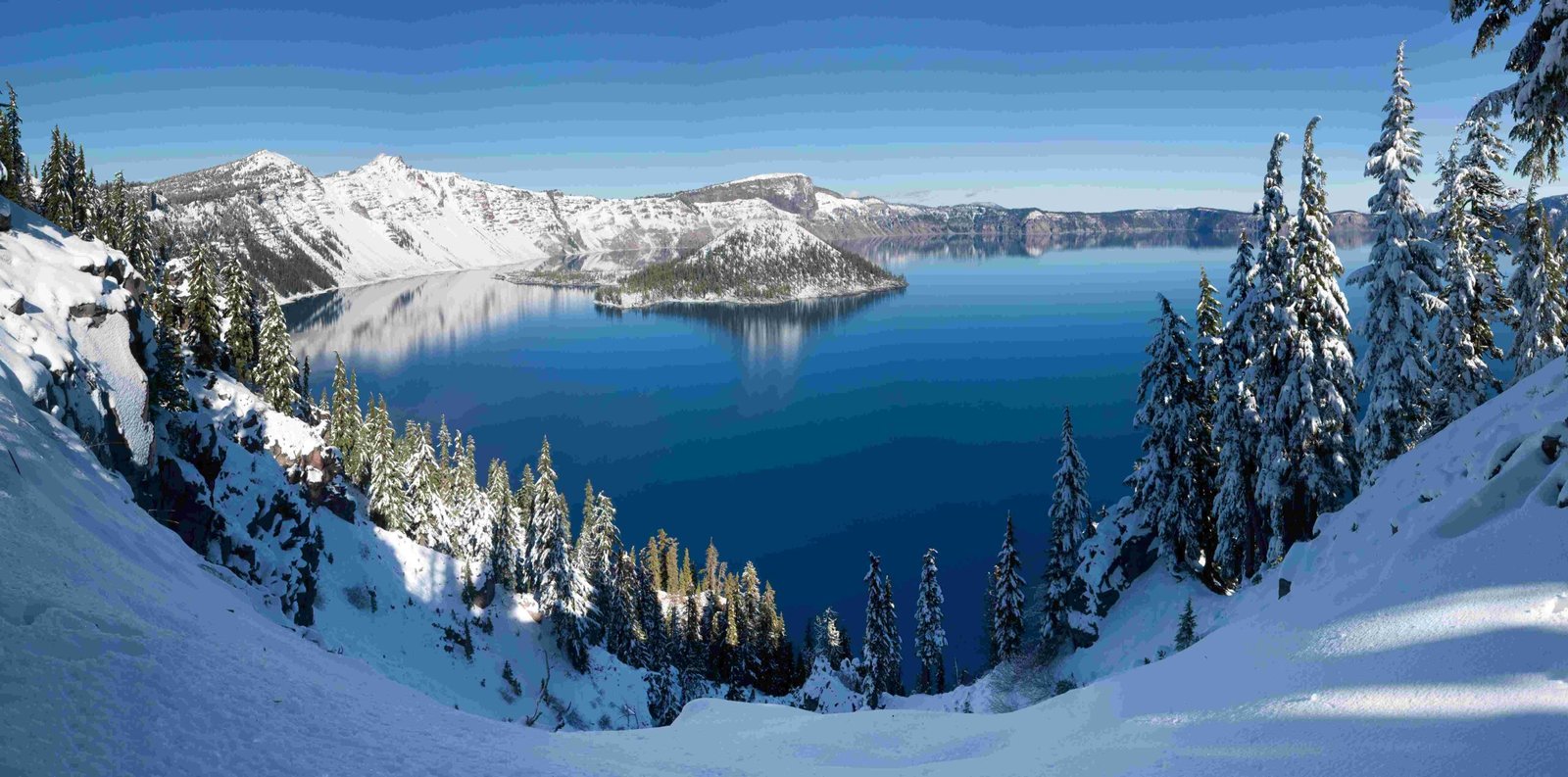The Crater Lake collaboration with orchestra and Native American is a groundbreaking artistic endeavor that merges classical music, indigenous culture, and the natural beauty of Crater Lake National Park. This unique project, centered around the composition ‘Natural History’ by Michael Gordon, brought together the Britt Orchestra, members of the Klamath Tribe, and the stunning backdrop of Crater Lake to create a one-of-a-kind musical experience that celebrated the park’s centennial and honored its rich cultural heritage.
What Was the Inspiration Behind the Crater Lake Collaboration?

The Crater Lake collaboration with orchestra and Native American was inspired by the desire to commemorate the 100th anniversary of the National Park Service in 2016. The Britt Music & Arts Festival commissioned composer Michael Gordon to create a piece that would capture the essence of Crater Lake and its significance to the indigenous peoples of the region.
Gordon’s composition, ‘Natural History,’ aimed to:
- Reflect the natural beauty and geological history of Crater Lake
- Incorporate traditional Native American musical elements
- Create a unique auditory experience that complemented the visual splendor of the park
The project sought to bridge the gap between classical orchestral music and Native American traditions, resulting in a truly collaborative and innovative performance.
How Did the Collaboration Unfold?

The collaboration between the orchestra and Native American participants was a multi-faceted process that involved several key steps:
-
Research and Consultation: Michael Gordon spent time at Crater Lake, immersing himself in its environment and consulting with members of the Klamath Tribe to understand their connection to the land.
-
Composition: Gordon created ‘Natural History,’ a piece that incorporated elements of classical music and Native American rhythms and melodies.
-
Rehearsals: The Britt Orchestra, led by conductor Teddy Abrams, worked closely with the Steiger Butte Drum group from the Klamath Tribe to integrate their traditional drumming and singing into the orchestral piece.
-
Community Involvement: Local music students from Southern Oregon University and a 50-voice choir were also brought into the project, expanding its reach and impact.
-
On-Site Performance: The collaboration culminated in a unique performance at the Watchman Overlook in Crater Lake National Park on July 29-30, 2016.
What Made the Crater Lake Performance Unique?
The Crater Lake collaboration with orchestra and Native American stood out for several reasons:
- Site-Specific Composition: ‘Natural History’ was specifically composed for Crater Lake, taking into account its acoustics and visual impact.
- Cultural Integration: The inclusion of the Klamath Tribe’s music and traditions added depth and authenticity to the performance.
- Environmental Harmony: The music was designed to complement and enhance the natural sounds of the park.
- Educational Value: The project raised awareness about Crater Lake’s ecological and cultural significance.
- Community Engagement: By involving local students and choir members, the collaboration fostered a sense of community ownership and pride.
How Did the Native American Elements Enhance the Performance?
The Native American elements were integral to the success and meaning of the Crater Lake collaboration:
- Traditional Drumming: The Steiger Butte Drum group provided powerful rhythmic foundations that grounded the orchestral music in indigenous traditions.
- Vocal Contributions: Native American singing added an authentic and emotive layer to the performance.
- Cultural Narratives: The inclusion of Klamath Tribe members allowed for the sharing of stories and perspectives related to Crater Lake.
- Spiritual Connection: The Native American presence brought a sense of reverence and spiritual connection to the land.
What Were the Challenges in Organizing Such a Unique Event?
Organizing the Crater Lake collaboration with orchestra and Native American participants presented several challenges:
- Logistical Complexities: Coordinating a large-scale performance in a remote national park location required careful planning.
- Weather Considerations: The outdoor setting meant that weather conditions could potentially impact the performance.
- Cultural Sensitivity: Ensuring respectful integration of Native American elements required ongoing dialogue and collaboration.
- Technical Issues: Setting up sound equipment in a natural environment posed unique technical challenges.
- Audience Management: Balancing public access with environmental protection was crucial for the event’s success.
What Was the Impact of the Crater Lake Collaboration?
The impact of the Crater Lake collaboration was significant and multi-faceted:
- Cultural Appreciation: It fostered greater understanding and appreciation of Native American culture and history.
- Artistic Innovation: The project demonstrated new possibilities for site-specific musical compositions.
- Environmental Awareness: It drew attention to the beauty and importance of Crater Lake National Park.
- Community Building: The collaboration brought together diverse groups, strengthening community bonds.
- Educational Value: It provided a unique learning experience for participants and audience members alike.
How Can Future Events Build on This Collaboration?
While the ‘Natural History’ performance was a one-time event, its success provides a blueprint for future collaborations:
- Recurring Festivals: Establish an annual music festival at Crater Lake that continues to blend orchestral and Native American elements.
- Expanded Collaborations: Involve more indigenous groups and diverse musical styles in future performances.
- Educational Programs: Develop ongoing educational initiatives that explore the intersection of music, nature, and indigenous culture.
- Digital Preservation: Create high-quality recordings and documentaries to preserve and share the experience with a wider audience.
- Environmental Stewardship: Use future events to promote conservation efforts and environmental awareness.
What Lessons Can Be Learned from the Crater Lake Collaboration?
The Crater Lake collaboration with orchestra and Native American participants offers valuable lessons for future artistic endeavors:
- Respect for Indigenous Culture: The project demonstrated the importance of meaningful collaboration with Native American communities.
- Power of Site-Specific Art: The unique setting enhanced the impact of the performance, showing the potential of location-based compositions.
- Interdisciplinary Approach: Combining music, nature, and cultural elements created a rich, multifaceted experience.
- Community Involvement: Engaging local participants and audiences contributed to the project’s success and impact.
- Environmental Consciousness: The collaboration highlighted the potential for art to raise awareness about natural environments and their preservation.
In conclusion, the Crater Lake collaboration with orchestra and Native American participants stands as a remarkable example of artistic innovation, cultural respect, and environmental appreciation. It not only celebrated the centennial of the National Park Service but also paved the way for future collaborations that bridge diverse musical traditions and honor the natural world.

